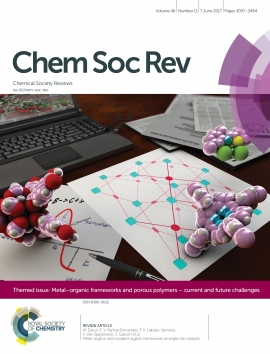Shape-selective C–H activation of aromatics to biarylic compounds using molecular palladium in zeolites
Abstract
The selective activation of inert C–H bonds has emerged as a promising tool for avoiding the use of wasteful traditional coupling reactions. Oxidative coupling of simple aromatics allows for a cost-effective synthesis of biaryls. However, utilization of this technology is severely hampered by poor regioselectivity and by the limited stability of state-of-the-art homogeneous Pd catalysts. Here, we show that confinement of cationic Pd in the pores of a zeolite allows for the shape-selective C–H activation of simple aromatics without a functional handle or electronic bias. For instance, out of six possible isomers, 4,4′-bitolyl is produced with high shape selectivity (80%) in oxidative toluene coupling on Pd-Beta. Not only is a robust, heterogeneous catalytic system obtained, but this concept is also set to control the selectivity in transition-metal-catalysed arene C–H activation through spatial confinement in zeolite pores.

 Open Access version available at
Open Access version available at 